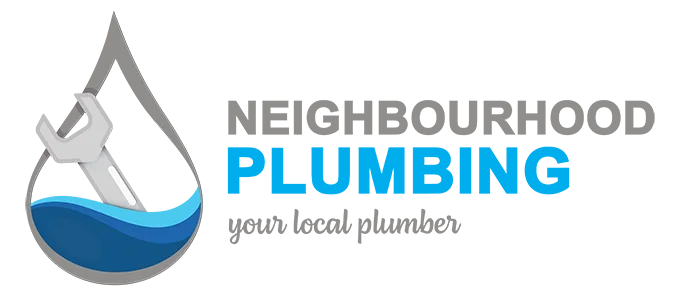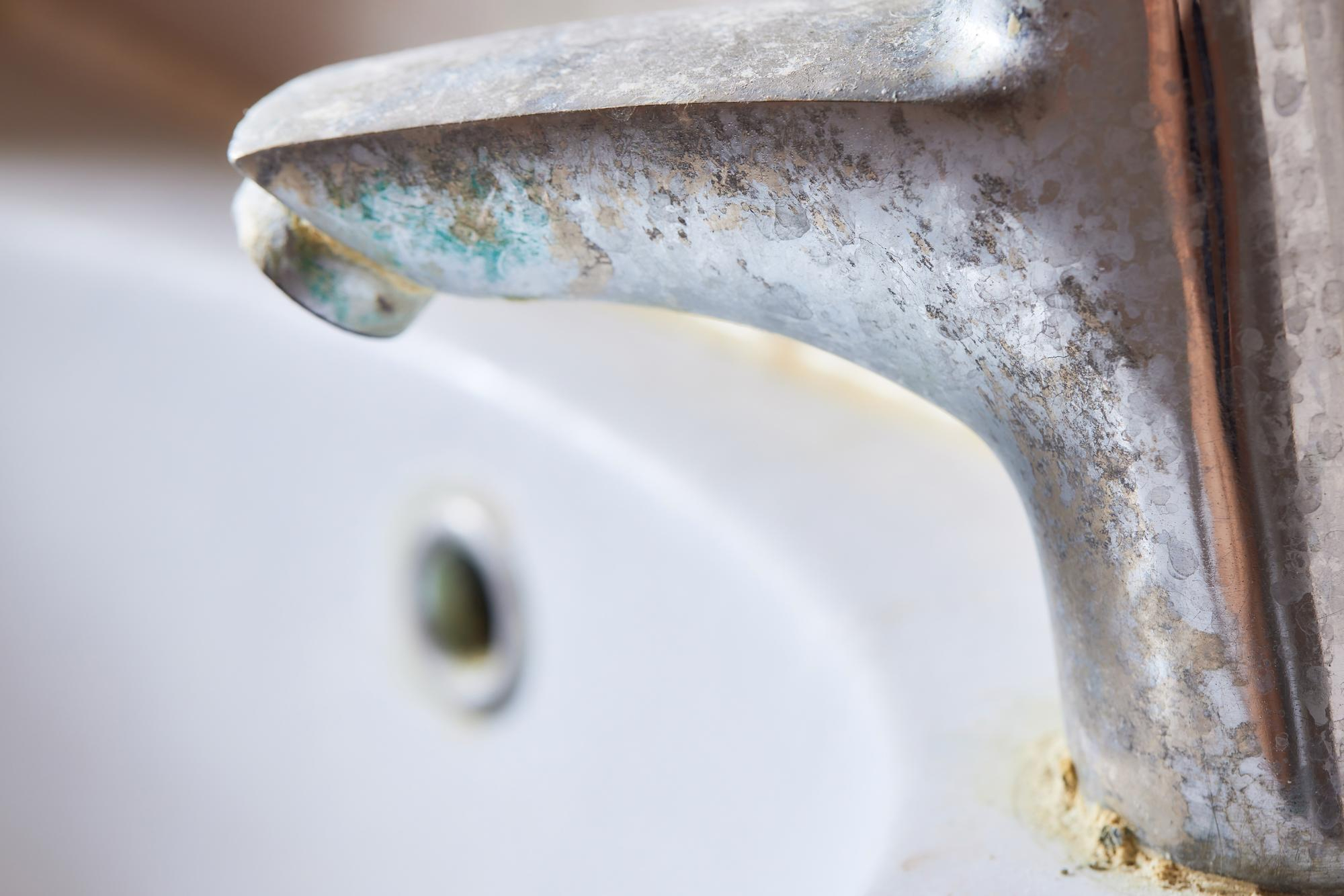
Is your water flow slowing down? Or do you start noticing that your shower head doesn’t work normally as usual? Well, a common culprit behind it is likely to be calcium buildup – which typically thrives in areas with hard water and can cause issues in your plumbing fixtures over time.
From blocked drains to a calcium build up in your shower, these deposits can sneak up on you and trigger issues such as water pressure and severe plumbing problems.
Today, our blocked drain plumbers will guide you through the steps on how to clean calcium buildup – from providing reasons why it’s happening to informing you how to get rid of it to giving you some tips to prevent it from returning. Whether it’s your faucet, pipes, or showerhead, we’ve got tips to help you clean and maintain your fixtures.
Main Causes of Calcium Buildups
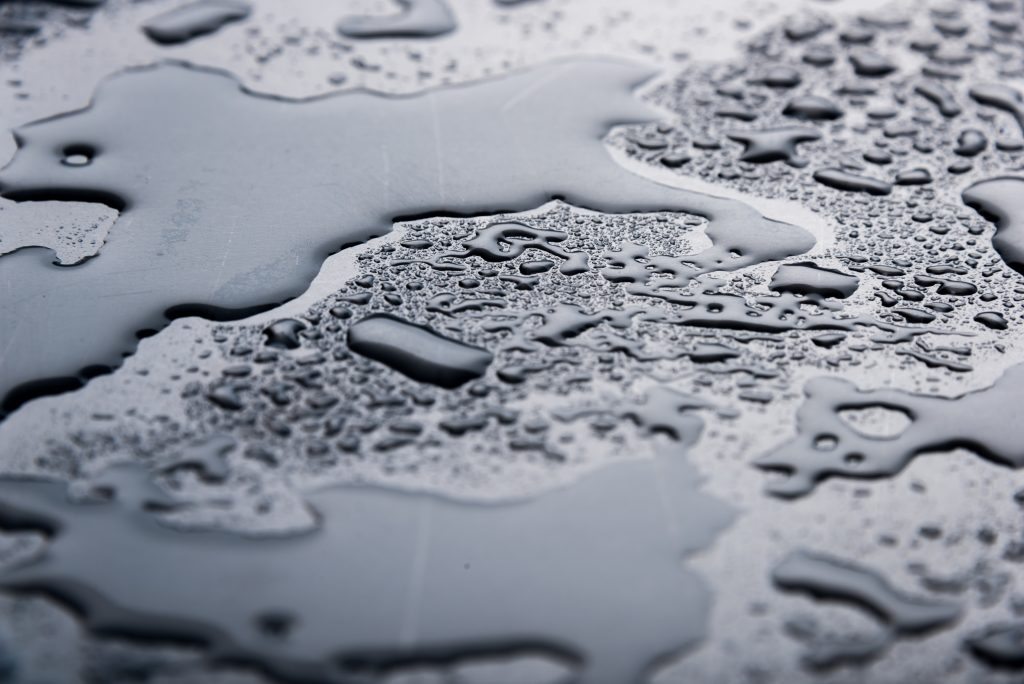
As mentioned, calcium deposits are common in areas with hard water that basically contain high levels of minerals like calcium and magnesium.
When the water evaporates, it leaves behind those mineral deposits that will accumulate over time and turn into calcium buildup. Those unsightly white and chalky deposits typically form around your taps, showerheads, and even inside your pipes.
This buildup plays a role in your water flow and the overall plumbing system’s efficiency, which can lead to costly blocked drain repair and shower mould, So, it is best to schedule regular cleaning.
What Can You Dissolve Calcium Buildup With?
If you’ve been wondering how to get rid of those stubborn calcium buildup, the good news is it’s completely manageable with a little know-how and some things that are likely readily available at home (no much hassle needed!)
Yes, you might already have a powerful cleaning agent in your kitchen: white vinegar! Perhaps you are already aware of how vinegar can clean just about anything due to its natural acidic nature that can help break down calcium deposits.
Vinegar will react to dissolve the buildup once it’s in contact with calcium. Other than vinegar that’s a tried-and-true method, you may be wondering “What breaks down calcium deposits in pipes and other fixtures apart from using vinegar?”
This section breaks down a few easy and affordable options that can help answer the question.
1. Using White Vinegar
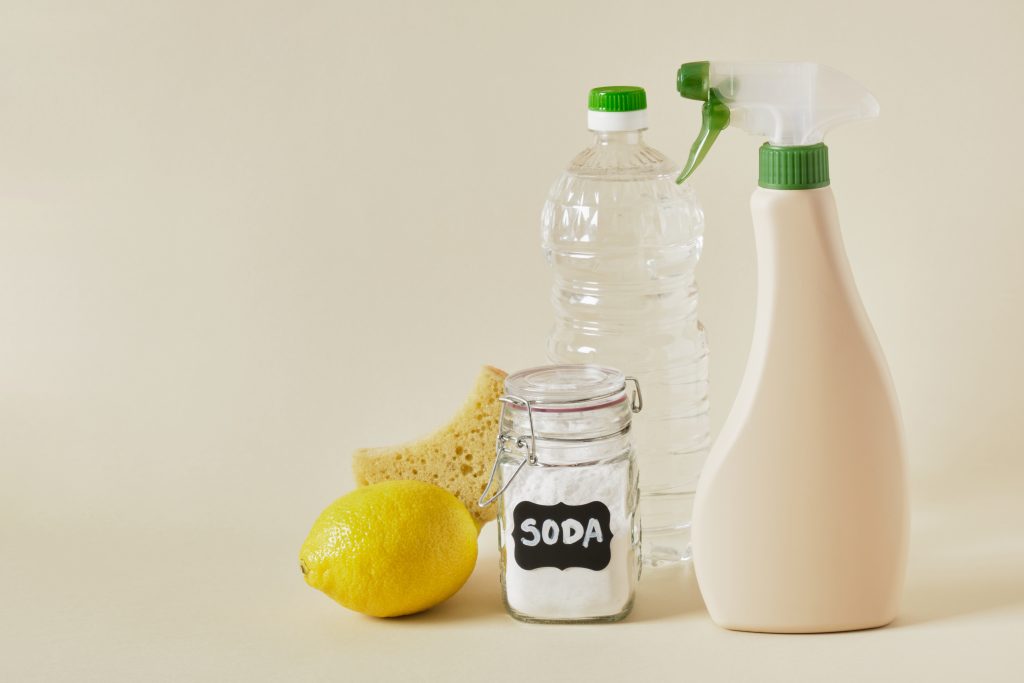
White vinegar quickly becomes one of the most famous remedies for removing calcium deposits due to its accessibility, low cost, and lack of harsh chemicals.
Get all of your fixtures, including faucets and shower heads, wet with white vinegar. Once you’ve let it sit for a few hours, the acid will begin to dissolve the deposits. Scrubbing off any leftover residue and rinsing it with water is the last step. What an a simple method, isn’t it?
Another use of white vinegar can be for unblocking drains. Leaky shower heads are another possible target for this technique. It improves water flow and may fix pressure-blockage leaks by removing the buildup.
2. Combination of Baking Soda and Vinegar
Vinegar can even become a more powerful cleaning solution once it’s combined with baking soda!
The fizzy duo comes in handy to dissolve calcium in harder-to-reach places, like the insides of pipes.
Simply pour baking soda down the drain or apply it to the surface of your fixture. Then, pour the vinegar. Wait for the bubbling reaction, which helps to dislodge and dissolve calcium deposits. Finally, rinse away after 15 to 20 minutes.
3. Commercial Calcium Dissolvers
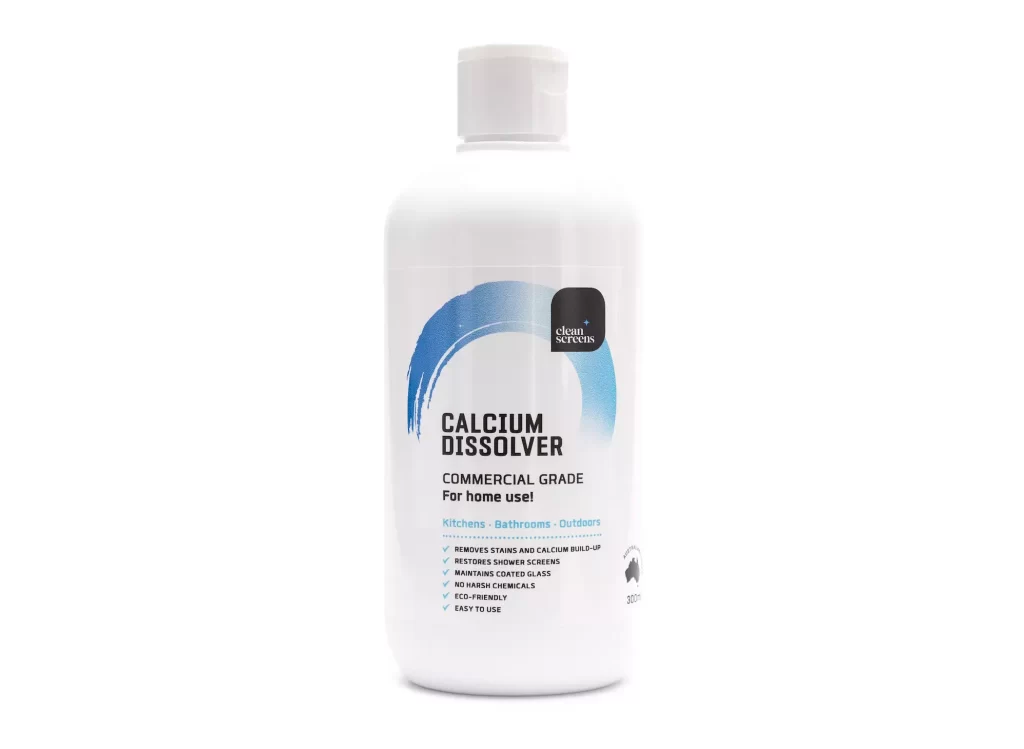
You’ve tried the vinegar and baking soda methods, yet they do not deliver the expected results. As an alternative, there’s a specific product you can use to dissolve calcium deposits.
Formulated with stronger acids, calcium dissolvers offer a quicker solution. However, note that you should always follow the manufacturer’s instructions as they might contain harsh chemicals.
Tips to Remove Calcium Buildup From Your Plumbing Fixtures
We have covered the topics of calcium buildup and how to dissolve it thus far. Here are the practical measures you can take to remove it from your pipes, shower head, and any other metal surfaces.
Do not worry; we will examine easy ways to eliminate calcium deposits in different parts of your house. Plus, you can make do with some items lying around the house or with inexpensive supplies from a local store.
1. Plumbing Fixture: Shower Head
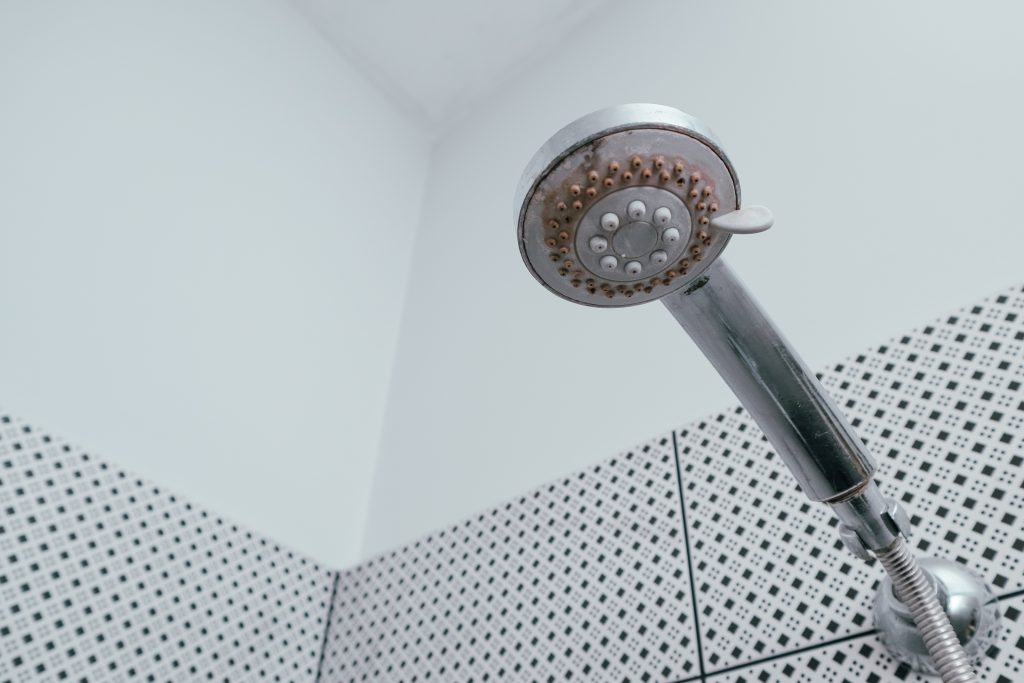
Thanks to a simple solution to clean your shower head,: just take the shower head from the pipe and soak it in a solution of white vinegar and water. Within a few hours, the acidity of the vinegar will dissolve the calcium, allowing the water to flow again.
Then, after you’ve let the shower head soak, use an old toothbrush to remove any residue. Following that, give it a good rinsing with water and put the shower head back on.
If you have a leaking shower head, cleaning it might also help stop the leak if the buildup was affecting the water pressure.
2. Plumbing Fixture: Drains and Pipes
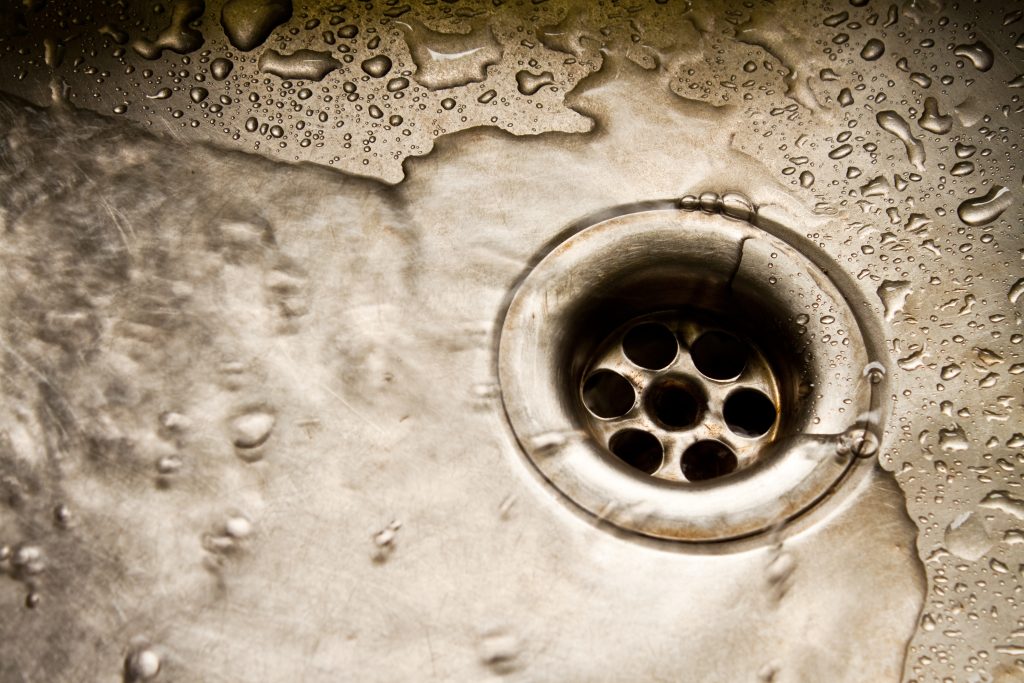
Other than showerhead, your drains and pipes are also where calcium builds up.
Slow water flow? Blocked drains? You can try using a combination of vinegar and baking soda, as mentioned earlier.
So, after you pour a cup of vinegar down the drain, pour half a cup of baking soda. After letting the solution fizz and bubble for a little to release the sediments, rinse it away with hot water.
This method works well for unblocking drains caused by calcium buildup, and it’s a natural alternative to harsh chemical drain cleaners. If necessary, you can repeat the process a few times or pipe cleaner to manually dislodged a more stubborn or tougher buildup.
3. Metal Fixtures
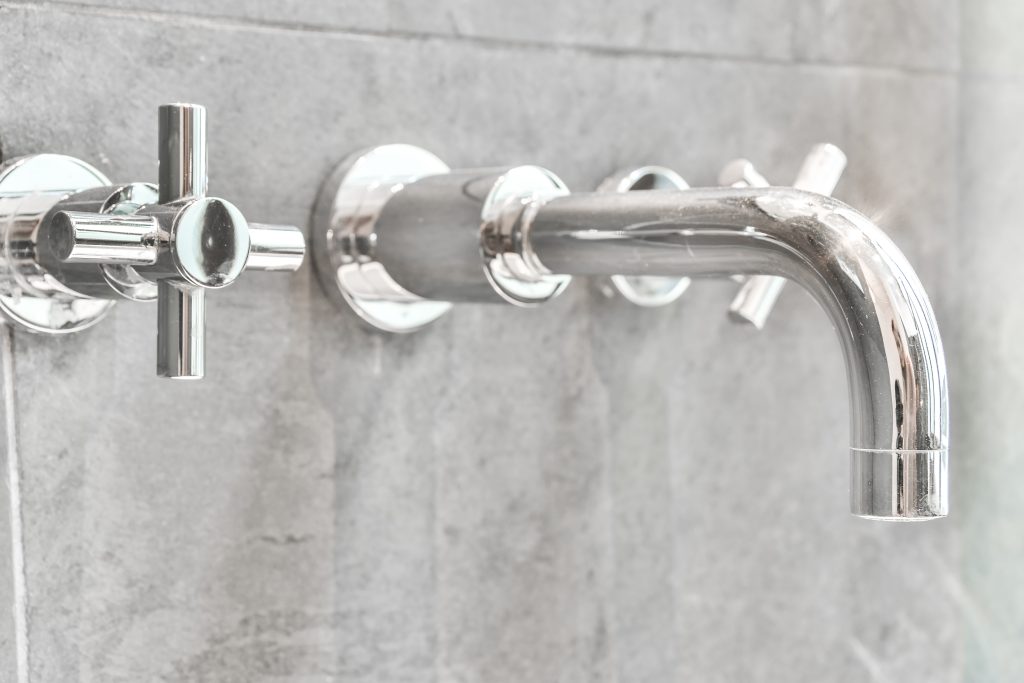
Just like cleaning your showerhead, removing calcium buildup from metal fixtures is a breeze. This includes faucets, sinks, and shower handles.
After soaking a cloth in white vinegar, apply it to the afflicted area. To allow the vinegar to dissolve the calcium, let it sit for a few hours. Rinse the area well after scrubbing it with a toothbrush or sponge. Alternatively, you can use calcium dissolvers that offers a quicker solution.
How to Prevent Calcium Buildup
After the buildup has been eliminated, the next step is to make sure they won’t resurface. Taking simple precautions now can end up saving you a lot of hassle and time later on.
A water softener is an efficient tool for preventing calcium deposits. You may recall that the primary cause of calcium deposits in plumbing and fixtures is hard water. A water softener removes hard minerals from water. Thus, the aforementioned plumbing fixtures can also be effectively protected from calcium buildup with water softener.
Additionally, maintaining a regular cleaning regimen is another preventative step. Once every few weeks, use a vinegar solution to wipe off your fixtures. This way, you’ll keep the calcium deposits from forming. It’s especially important to prevent calcium buildup in your toilet and other frequently used fixtures, as these tend to develop buildup faster.
If you notice signs like low hot water pressure, it could be a sign that calcium has started to accumulate in your water heater or pipes.
So, Can You Get Rid of Calcium Deposits?
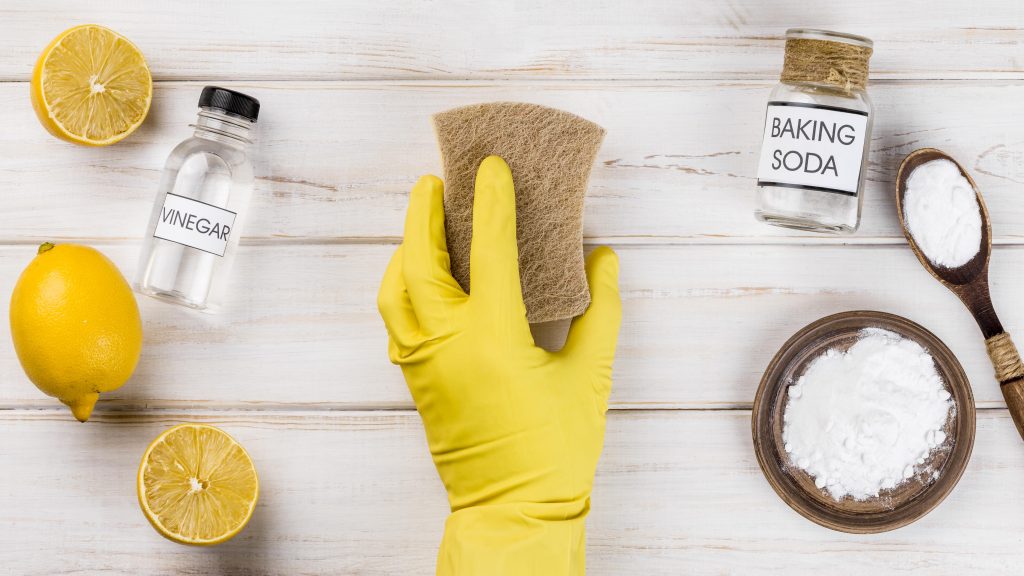
Of course!
Hopefully, you have a better understanding of what causes calcium buildup, how to dissolve it, and what practical measures to clear it! Plus, regular maintenance and a couple of preventative measures will go a long way in keeping calcium buildup at bay so you’ll be back to enjoying smooth water flow in no time!
It may be time to contact the experts at Neighbourhood Plumbing Melbourne if you are having trouble removing stubborn deposits or if you simply want to maintain the state of your plumbing.
Call our plumbers if you have any issues with calcium buildup, leakage, or the overall efficiency of your water systems. Feel free to check out our other blogs for helpful solutions to common plumbing problems.
About the Author
From unclogging the toughest drains to repairing leaking toilets, Ricky is a seasoned plumber who has brought his craftmanship to homes across Melbourne. He is passionate about sharing plumbing tips just as much as he is about fixing your plumbing issues. So, when your taps or pipes begin leaking, you know who to call.
